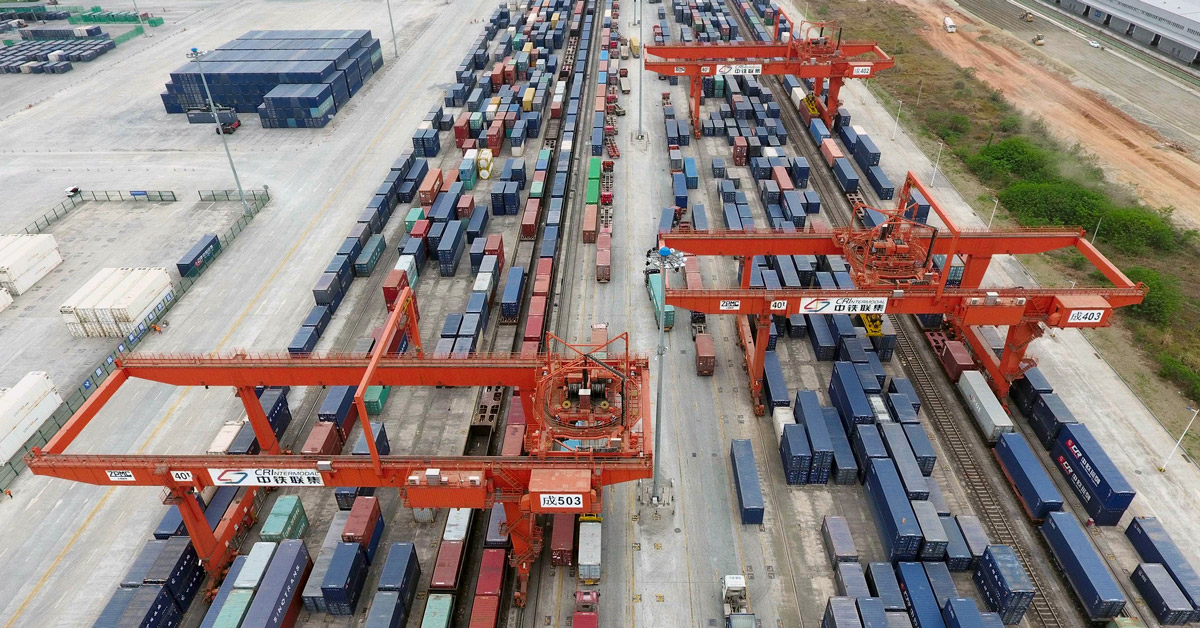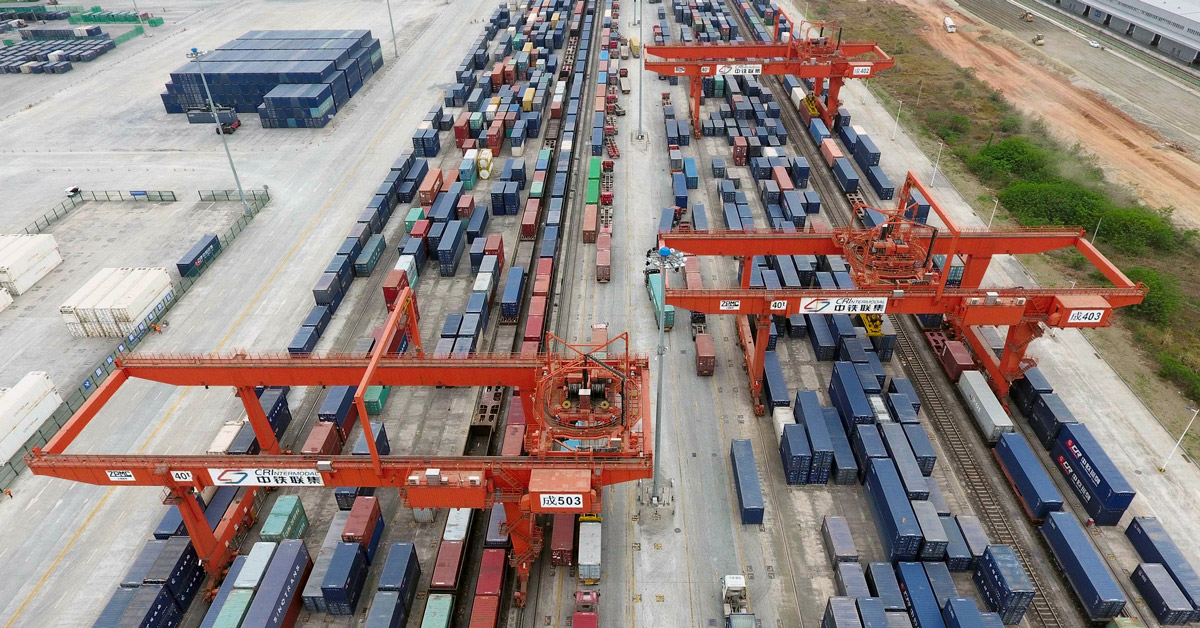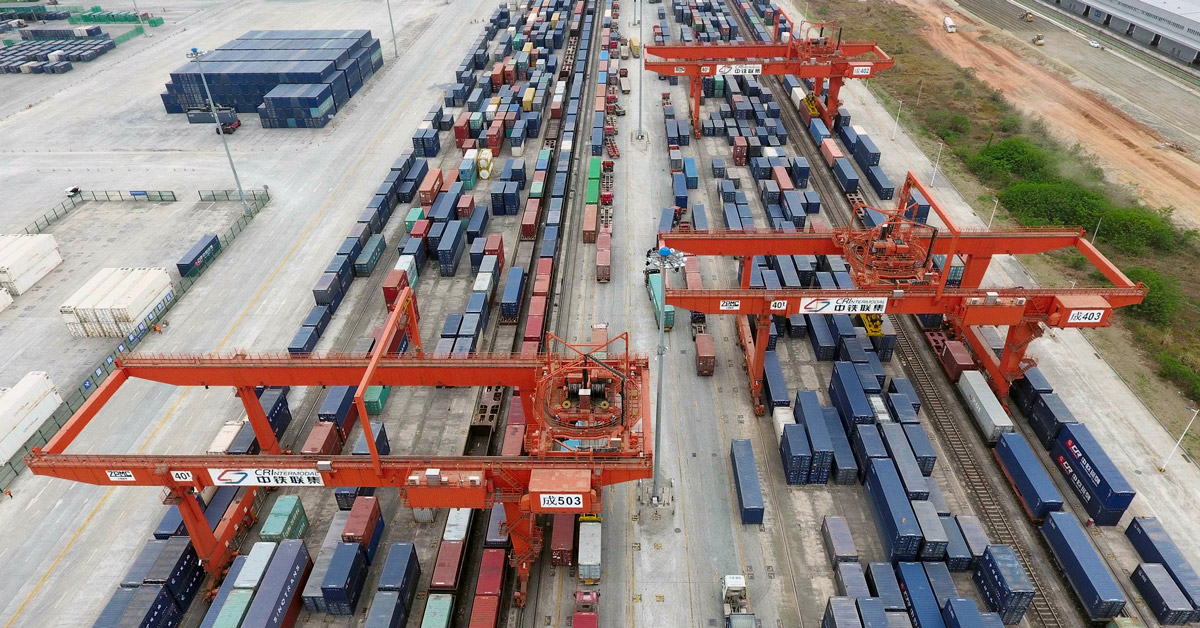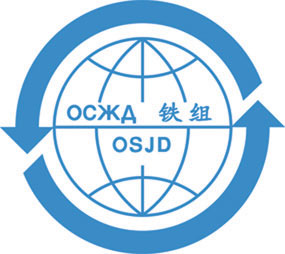For 5 years, transit on the Russian Railways network has grown almost four times (according to information of the “Zheleznye dorogi mira” Journal)



In 2020, compared to 2019, the volume of transit container traffic through the Russian Railways network increased by more than one third, from 618 thousand to 831 thousand TEUs, and by the end of seven months of 2021 this figure was equal to 619 thousand TEUs, which exceeds the level of the same period in 2020 by 50%. In total, from 2015 to 2020, the transit volume increased 3.8 times. Such data on the site of the International Salon "PRO // Movement.Expo-1520" (26-29.08.2021, Shcherbinka, Moscow) were presented by the First Deputy General Director of JSC “Russian Railways” S.A. Pavlov.
On the most pro-active route China - Europe - China, over the same five years, the volumes have grown seven times, and over the past seven months by 55%. In general, by the end of 2021, it is anticipated to carry at least one million TEUs, and by 2024, the possibility is considered to reach 1.7 million TEUs.
S.A. Pavlov noted that at present, rail traffic surpasses sea transport in terms of speed, reliability, and the rhythm of shipments, and from the end of 2020 in price as well. Thus, the WCI Drewry sea freight index today is three times higher than the China-EU and EU-China transit rail traffic index (ERAI). The advantages of railway transport from the point of view of ecology are becoming more and more obvious. Thus, when one container is transported by electric traction from Shanghai to Vienna, 16 times less carbon dioxide is emitted into the atmosphere than by sea transport, and 70 times less than by road transport.
Through the regeneration braking alone, Russian Railways annually returns 2.6 billion kWh of electricity to the National network, which is almost 1% of the total electricity consumption of a country like Finland.
One of the priorities for JSC "Russian Railways" is the development of the system of Euro-Asian transport corridors within the framework of the Organization for Co-operation between Railways (OSJD), running through the territory of the Russian Federation, creating favorable conditions for increasing the volume of international traffic. An example of a corridor development management mechanism is the seven-party Agreement involving Germany, Poland, Belarus, Kazakhstan, Mongolia, China and Russia. Within the framework of this Agreement, conditions are created for the advanced growth of transit traffic on the China - Kazakhstan - Russia - Europe route, where in seven months of 2021 the increase was equal up to 46% (photo: Xinhua News Agency).
